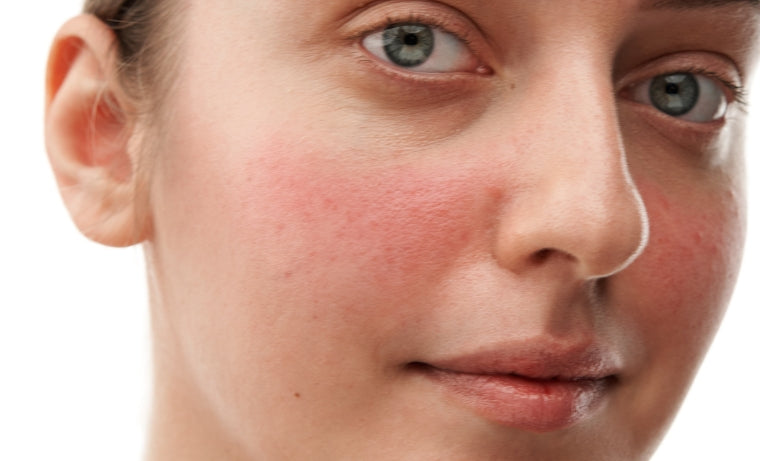
Kaip prižiūrėti jautrią odą?
Jei jums dažnai rausta veido oda, ypač skruostų, nosies ir net smakro ar kaktos srityje, šis įrašas yra tai, ko ieškote! Aptarsime, kaip susidaryti švelnią, bet efektyvią odos priežiūros rutiną,...
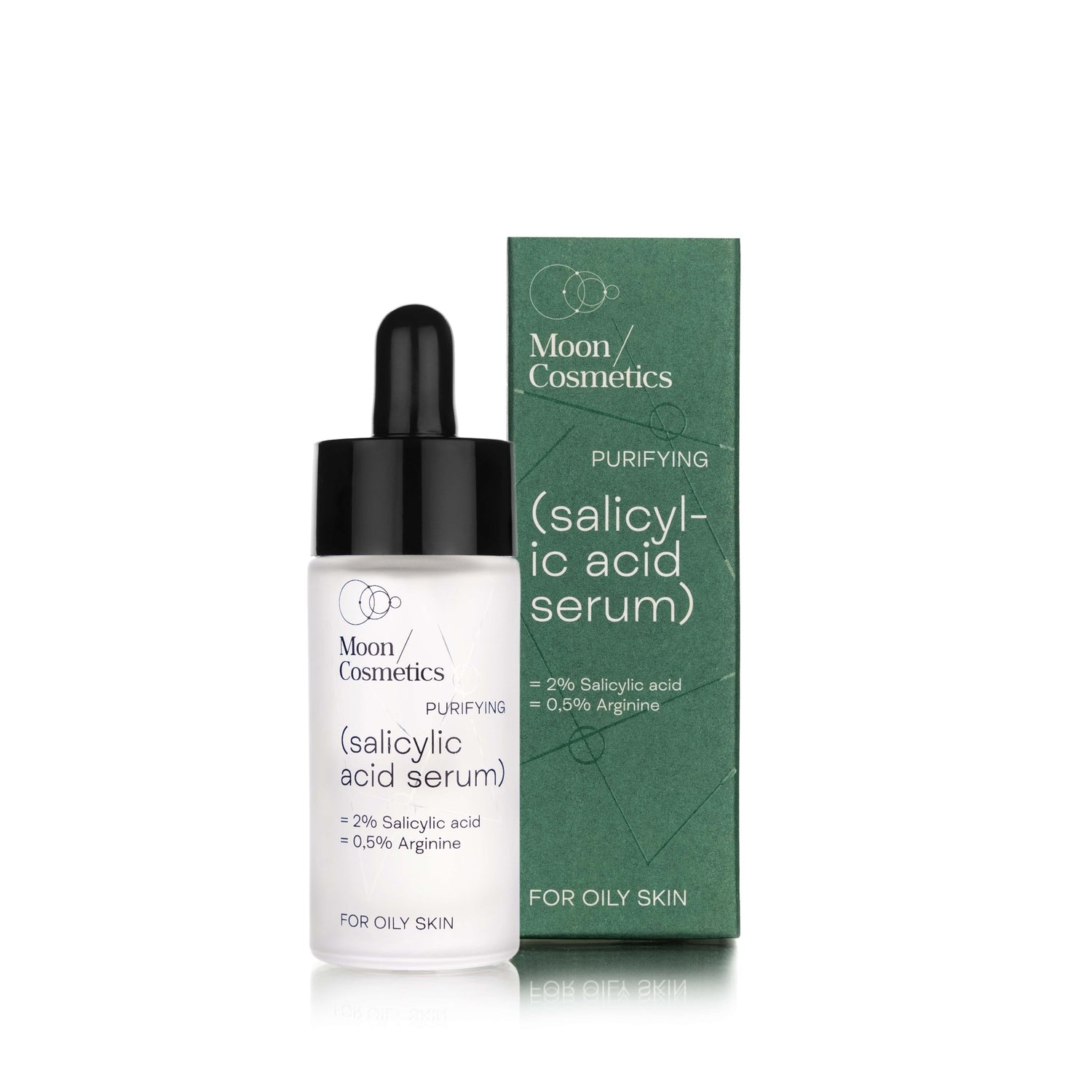
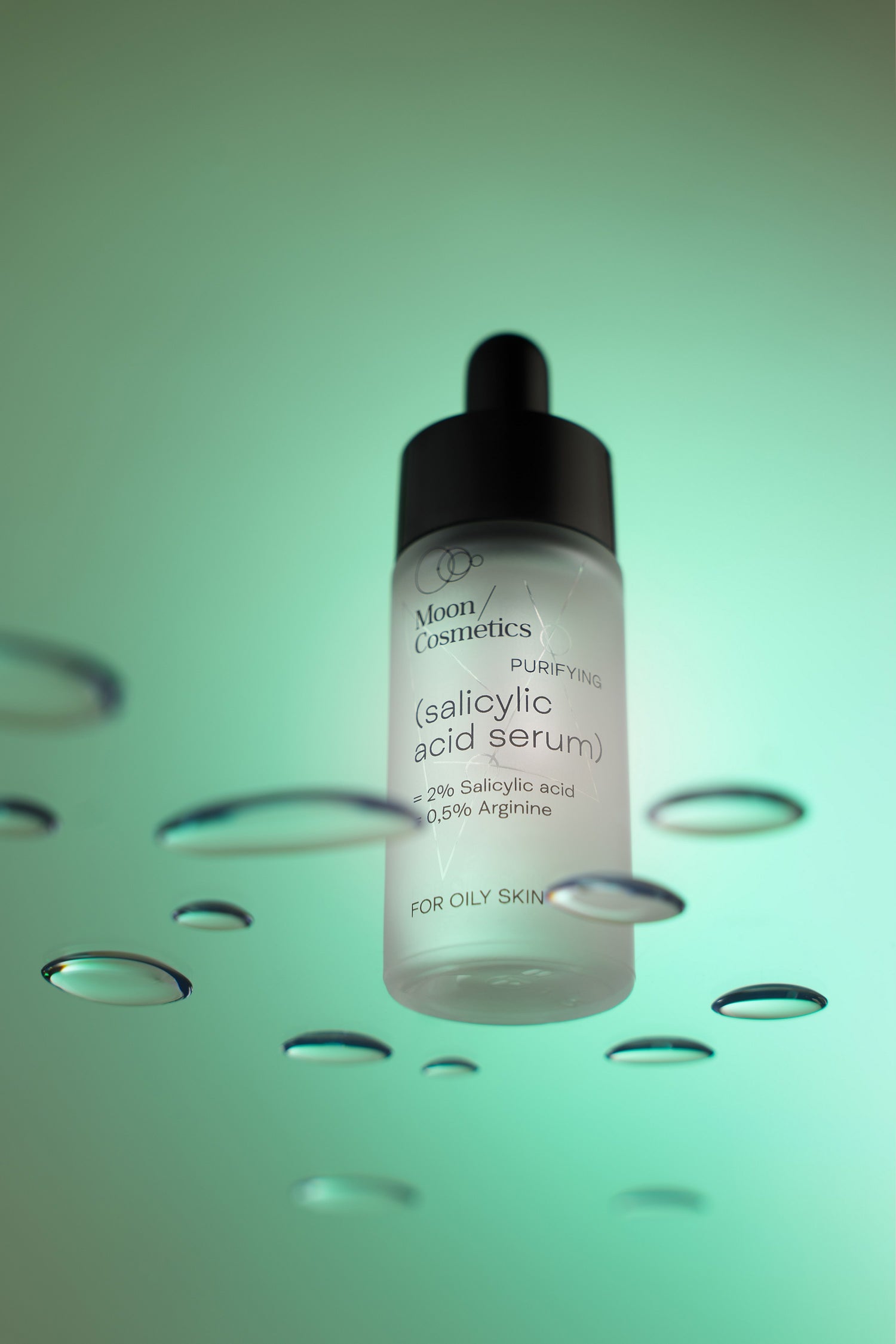
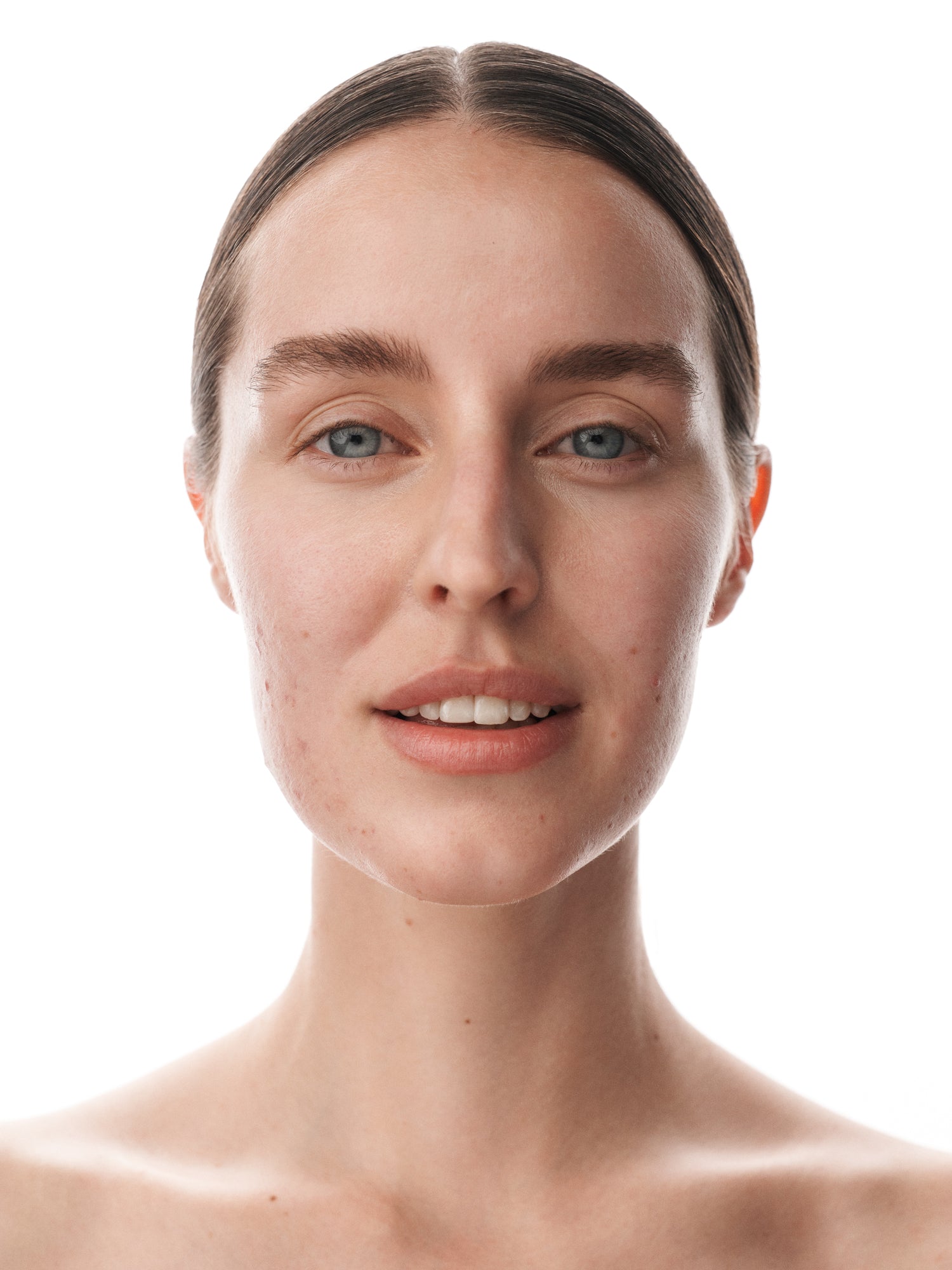
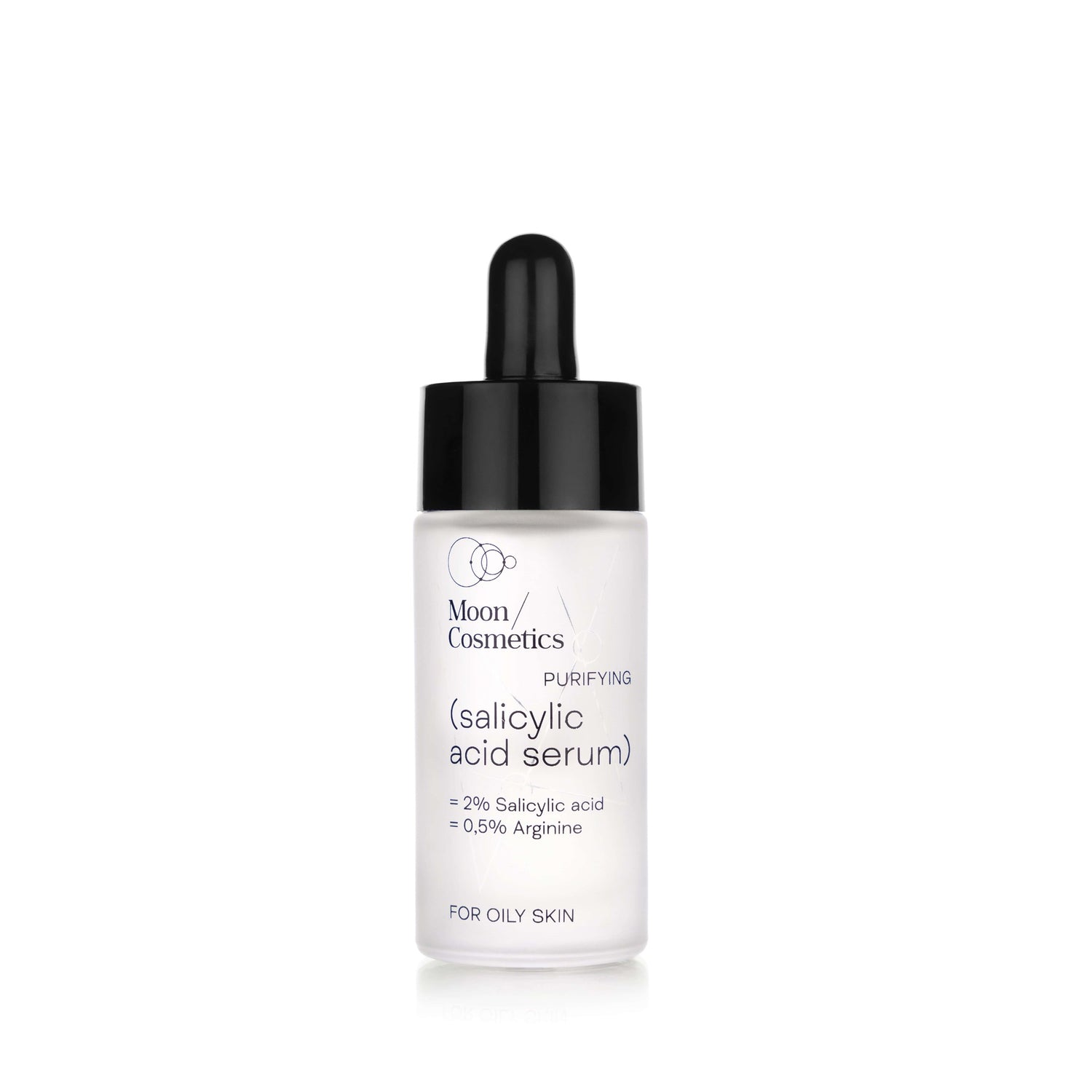
Couldn't load pickup availability
The 2% salicylic acid and 0.5% arginine containing serum addresses acne and oily skin issues. Due to its lipid solubility, salicylic acid dissolves in the lipids found in the epidermis' hair follicles and sebaceous glands. Salicylic acid treats acne, psoriasis, and keratosis pilaris effectively with its comedolytic and keratolytic properties. The human body contains arginine, a necessary amino acid that helps to promote collagen synthesis and hydrate the skin, making it an effective component against aging. Cleanser, clearer skin, and an overall improvement in quality can be achieved through regular use of this product. It is best suited for individuals with combination, oily, and problematic skin.
Benefits:
Make sure to utilize 2-4 drops of the serum for your face and neck area, twice a day, morning and evening.
For best results, we recommend using this serum as the third skin care step after cleansing and toning. Read more about the Moon Cosmetics skincare routine and its steps here.
Bear in mind that this product is designed exclusively for external use and should be avoided if you exhibit any hypersensitivity or allergy to any of the ingredients. Keep children away and avoid contact with eyes. Using this serum requires avoiding sunlight exposure.
PROPANEDIOL, SALICYLIC ACID, ARGININE.
To minimize skin sensitivity, we excluded additional substances that dissolve salicylic acid in water from our serum formula. Open comedones and oily skin can benefit from the lipid-soluble salicylic acid's ability to penetrate pores effectively.
Reducing flaking and preventing exacerbation of keratosis pilaris and psoriasis are among salicylic acid's exfoliating benefits.
Amino acids are great skin moisturizers and hair conditioners[5].
Arginine, contained in our serum, has skin moisturizing and collagen synthesis-stimulating properties, making it a standout anti-aging ingredient. We ensured an anhydrous system to make sure the serum retains skin moisture.
Salicylic acid (INCI: SALICYLIC ACID)
Its ability to easily penetrate pores makes this fat-soluble acid a popular ingredient in acne-prone skin cosmetics. In addition, salicylic acid possesses anti-inflammatory characteristics that can lessen the creation of pro-inflammatory prostaglandins. Essential oils contain salicylic acid in the form of its methyl ester, which also functions as a protective agent in various plants. Salicylic acid is useful in cosmetic peeling as it can cause exfoliation of dead skin cells and unclogger pores by breaking cell connections in the stratum corneum. [14].
Arginine (INCI: ARGININE)
Naturally occurring in the human body, Arginine is an amino acid that is essential to development. The amino acid arginine found naturally in the body boosts hydration and adds antioxidants to skincare products.
[1] ARIF,
Tasleem. Salicylic acid as a peeling agent: a comprehensive review. Clinical,
cosmetic and investigational dermatology, 2015, 455-461.
[2] GAD,
Mohamed Z. Anti-aging effects of L-arginine. Journal of advanced research,
2010, 1.3: 169-177.
[3] SOUZA,
Ádria do Prado Barros de, et al. The in vivo effect of L-arginine on skin
elasticity in mice. Brazilian Journal of Pharmaceutical Sciences, 2017,
53.
[4] FLUHR,
Joachim W.; CAVALLOTTI, Claudia; BERARDESCA, Enzo. Emollients, moisturizers,
and keratolytic agents in psoriasis. Clinics in dermatology, 2008, 26.4:
380-386.
[5] BURNETT,
Christina L., et al. Safety assessment of α-amino acids as used in cosmetics. International
journal of toxicology, 2013, 32.6_suppl: 41S-64S.
[6] Online access: https://cosmileeurope.eu/lt/inci/sudedamoji-dalis/14076/salicylic-acid/
Can salicylic acid serum be used with retinol?
The combination of salicylic acid serum and exfoliating products that contain retinoic acid, retinol, retinal, retinyl palmitate, retinyl acetate, tretinoin, and other retinoids are not recommended by our skincare experts to avoid skin damage and irritation. Overdoing exfoliating products can harm and irritate your skin.
Can salicylic acid serum be used with AHA acids?
Yes. However, nn the market, alternative exfoliants like lactic acid or glycolic acid, alpha-hydroxy acids (AHAs), are mixed with salicylic acid in products for sale. When using chemical exfoliants, closely following the instructions on the label and seeking guidance from a professional if unsure is key.
Is it safe to use salicylic acid serum daily?
Factors such as skin type, percentage of salicylic acid, and other products you use affect the safe frequency to use a salicylic acid serum. Those with oily or combination skin types susceptible to acne or breakouts may use this serum daily. Mixed skin with occasional breakouts should only use the serum as necessary.
Is it necessary to apply SPF with a salicylic acid serum?
Even without a salicylic acid serum, sunscreen should be applied during the day. Increased sensitivity to sunlight can result from using products that contain salicylic acid due to its exfoliating properties. Risk of developing pigmentation increases where adequate sun protection is absent.
How does the salicylic acid work?
Disruption of the bonds between dead skin cells is made possible by salicylic acid to help in exfoliation. Through disrupting the bonds that hold together dead skin cells, it helps to create a smoother texture and a radiant appearance on skin.
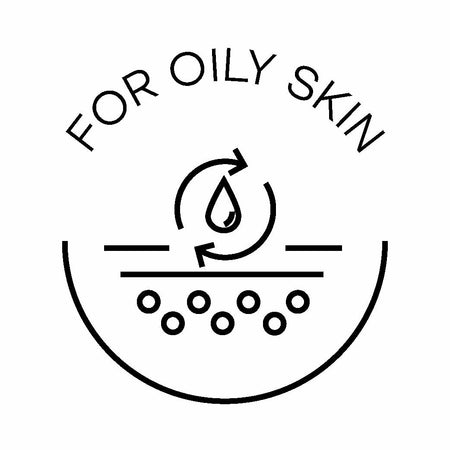
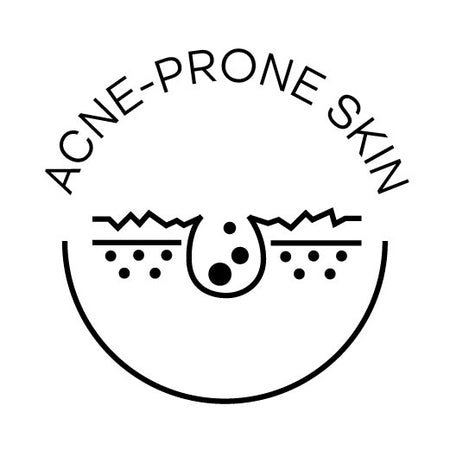

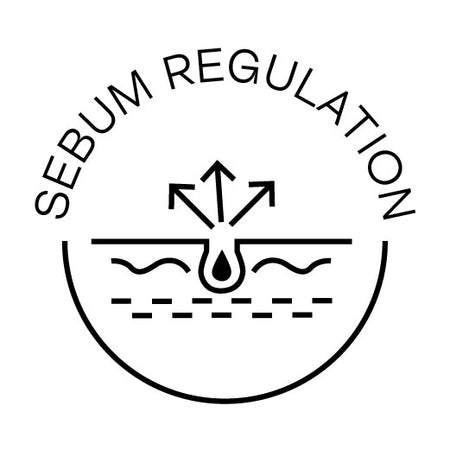

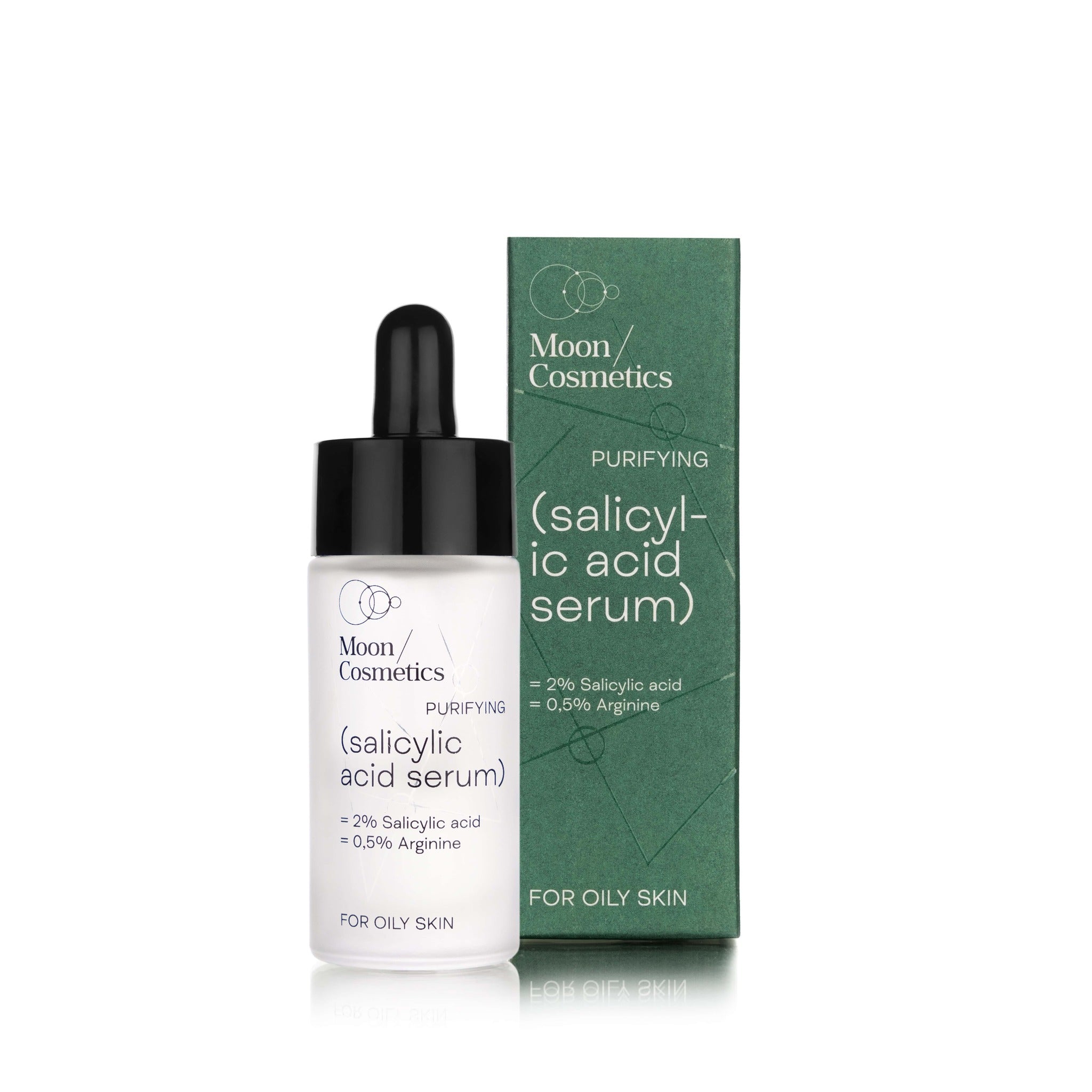
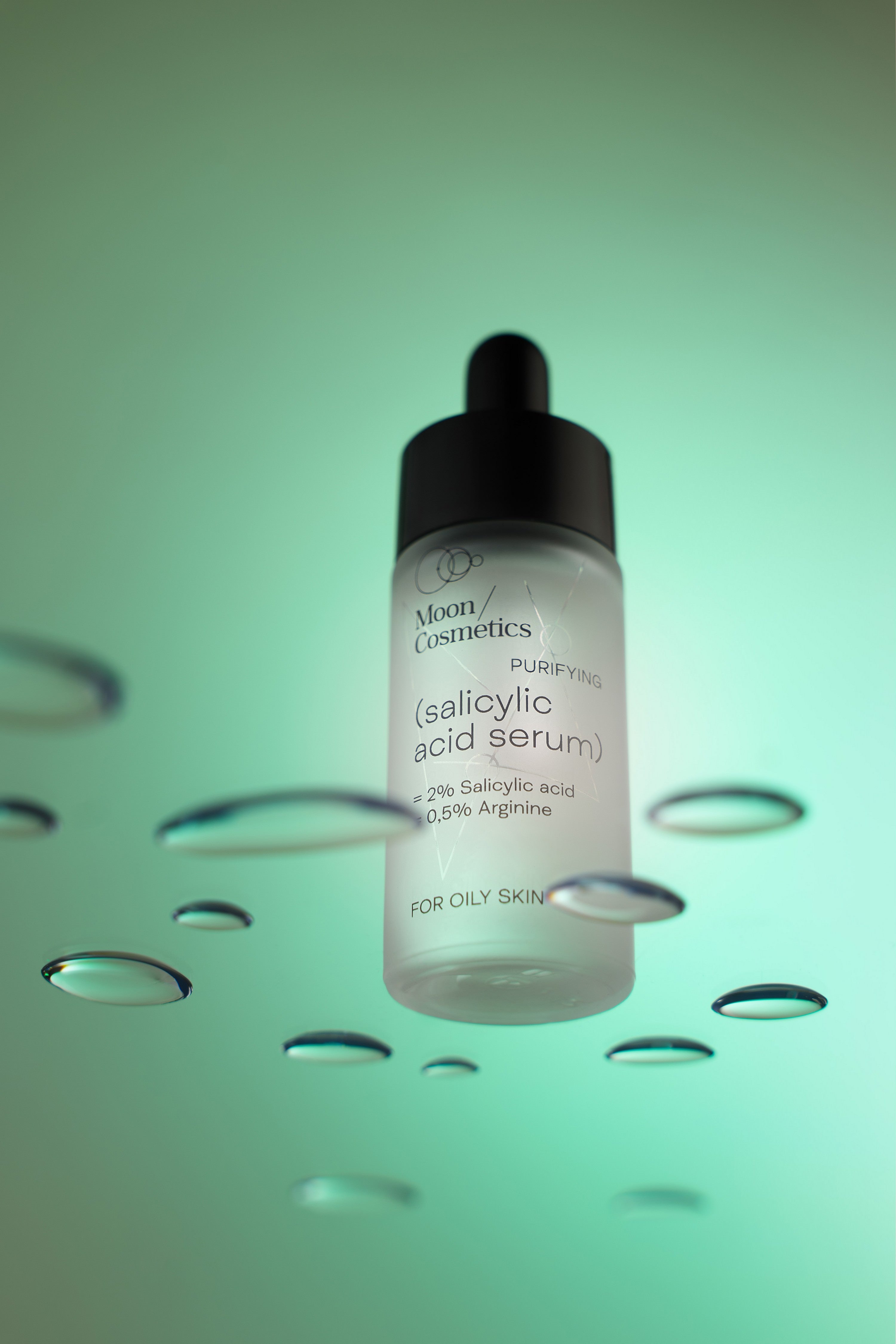
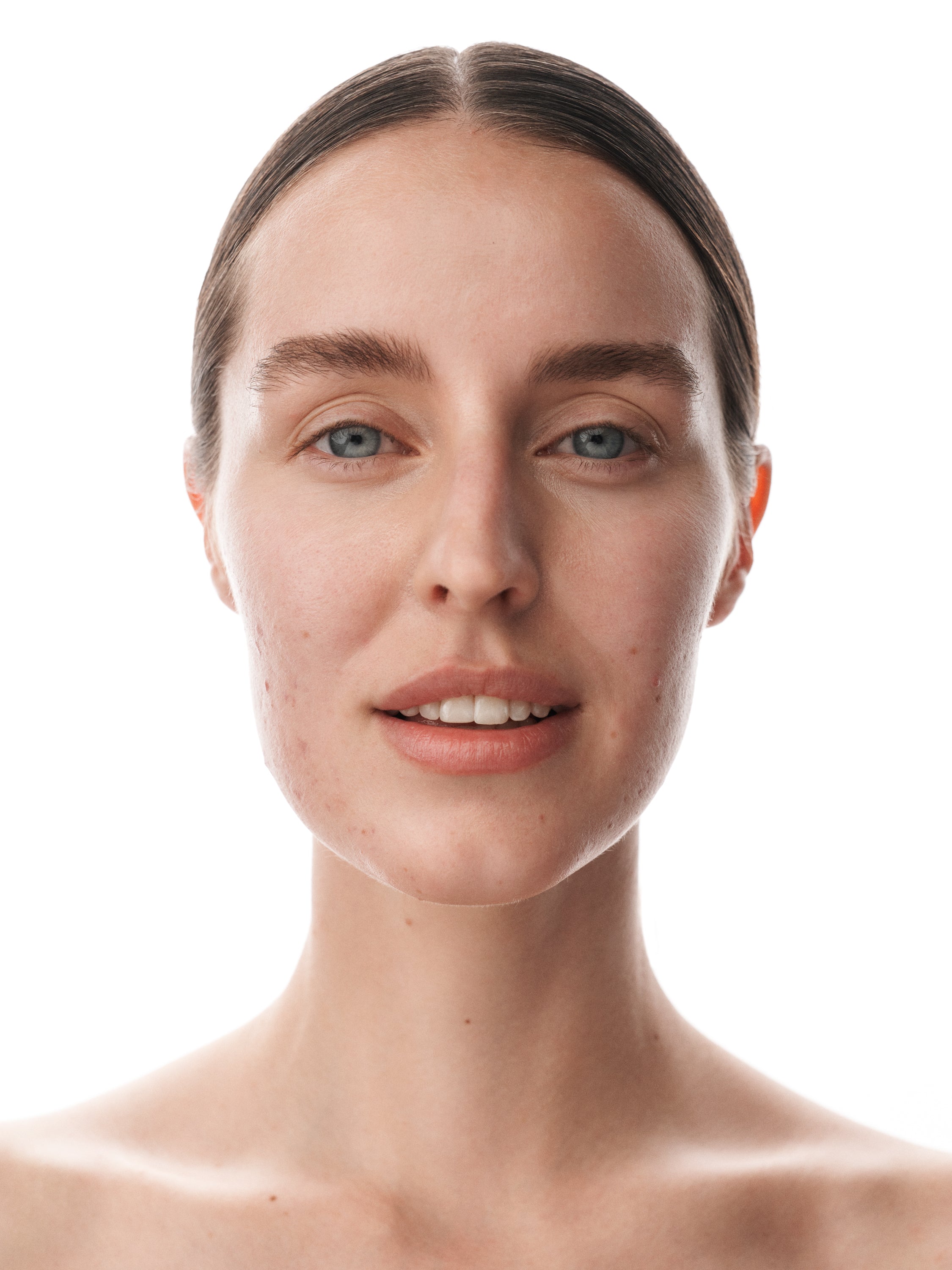
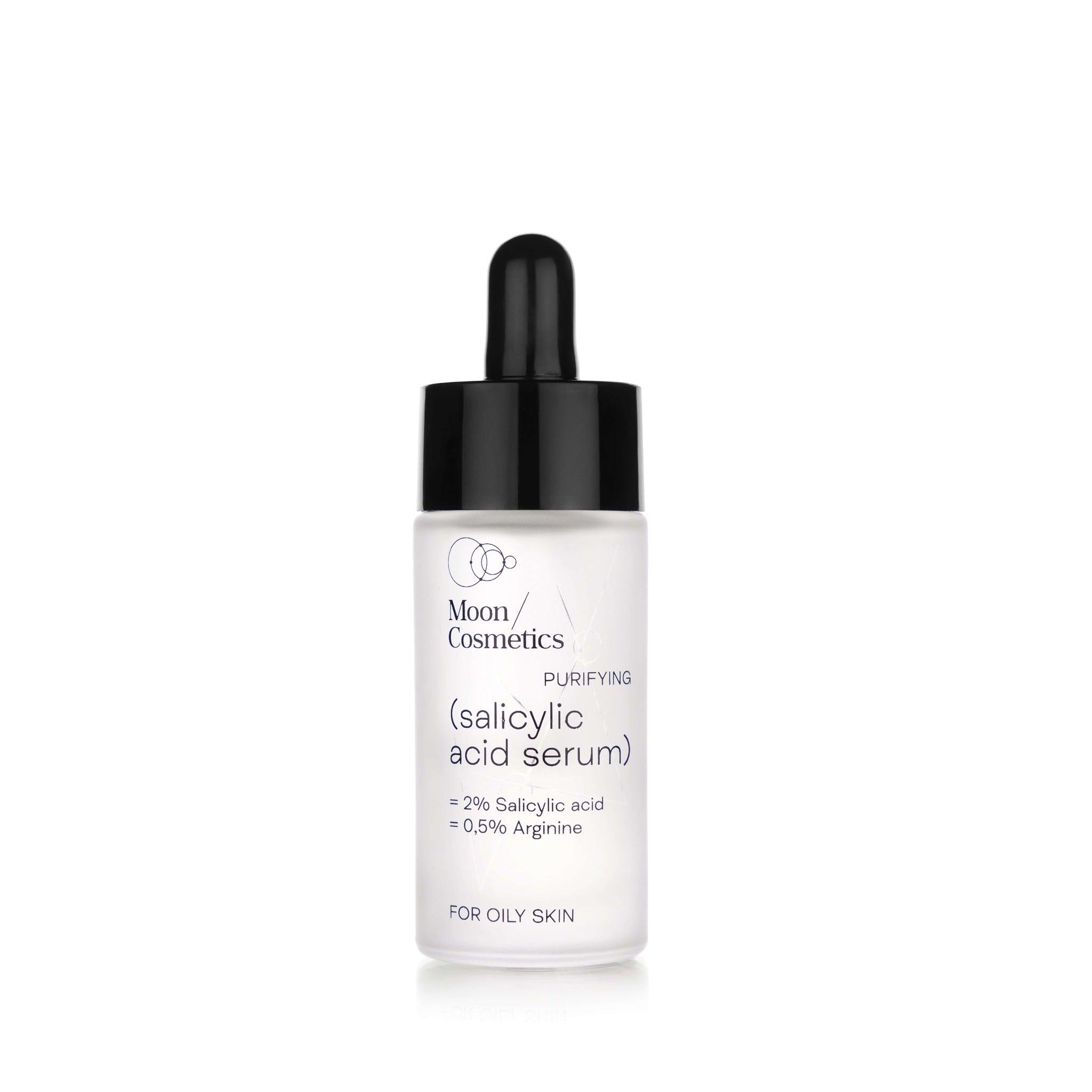

Salicylic acid serum

Jei jums dažnai rausta veido oda, ypač skruostų, nosies ir net smakro ar kaktos srityje, šis įrašas yra tai, ko ieškote! Aptarsime, kaip susidaryti švelnią, bet efektyvią odos priežiūros rutiną,...
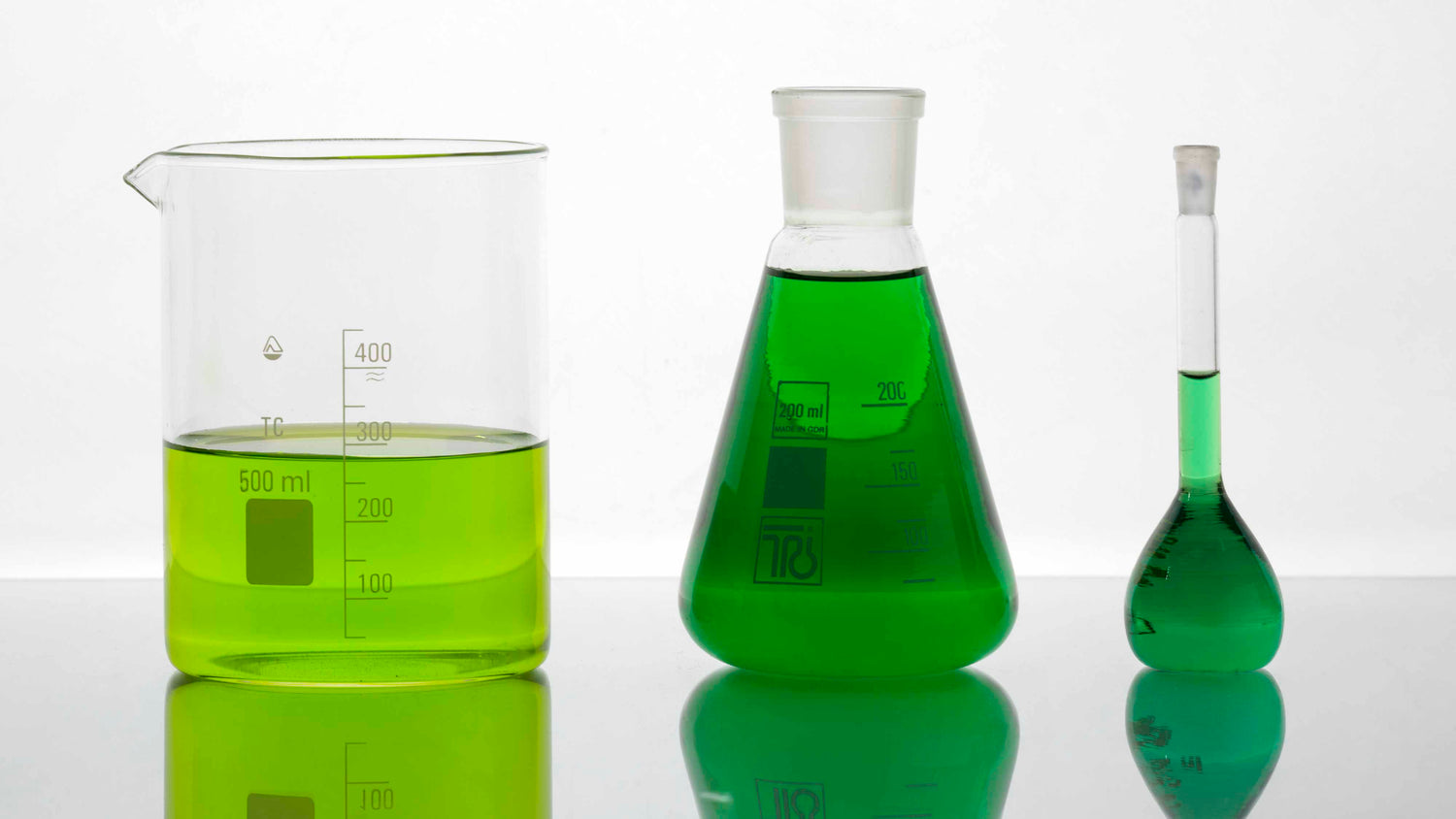
Pavasarį ir vasarą mūsų oda susiduria su įvairiais iššūkiais: didesniu saulės spindulių aktyvumu, dažnesniu prakaitavimu ir didele oro drėgme. Todėl itin svarbu pasirinkti teisingus produktus, kurie padėtų išlaikyti odą sveiką...
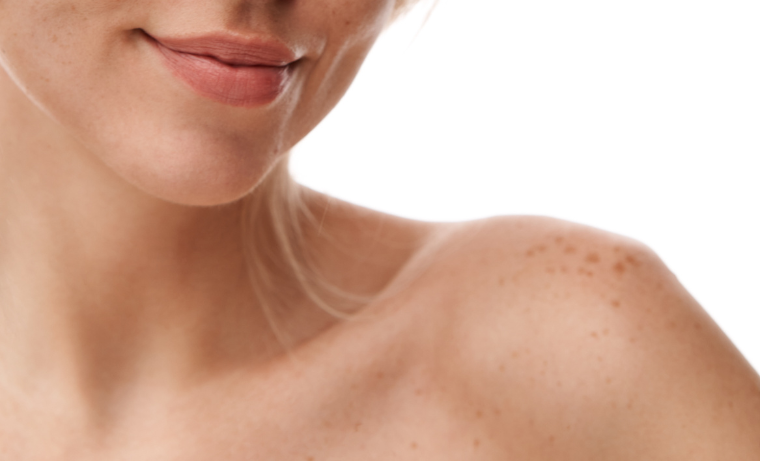
Su įvairiomis odos pigmentacijos problemomis susiduriame bene kiekvienas iš mūsų. Vieni kovoja su po spuogų likusiomis rausvomis dėmelėmis, kiti – su saulės spindulių sukeltomis dėmėmis. Suprasti, kaip atsiranda odos pigmentacija,...

